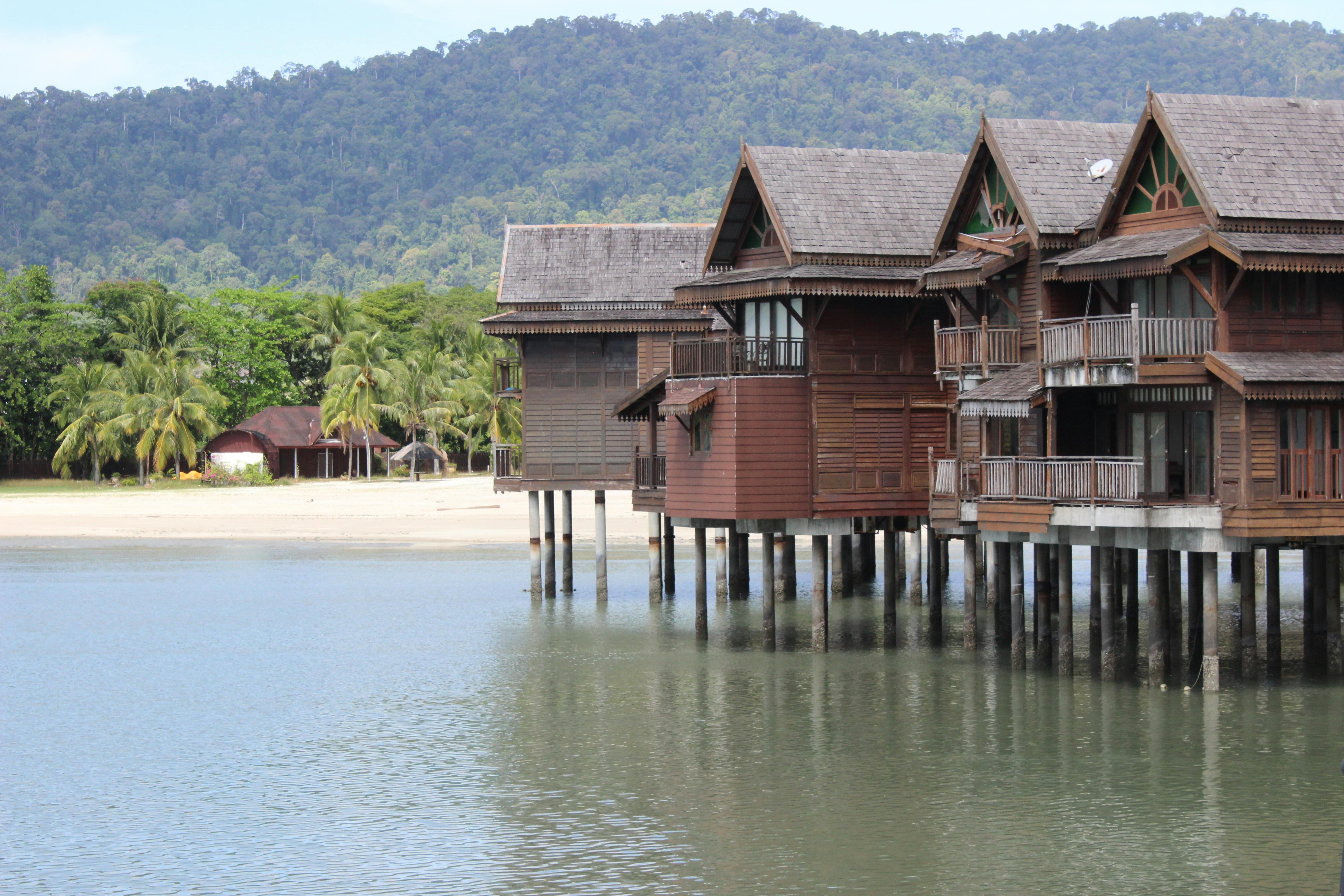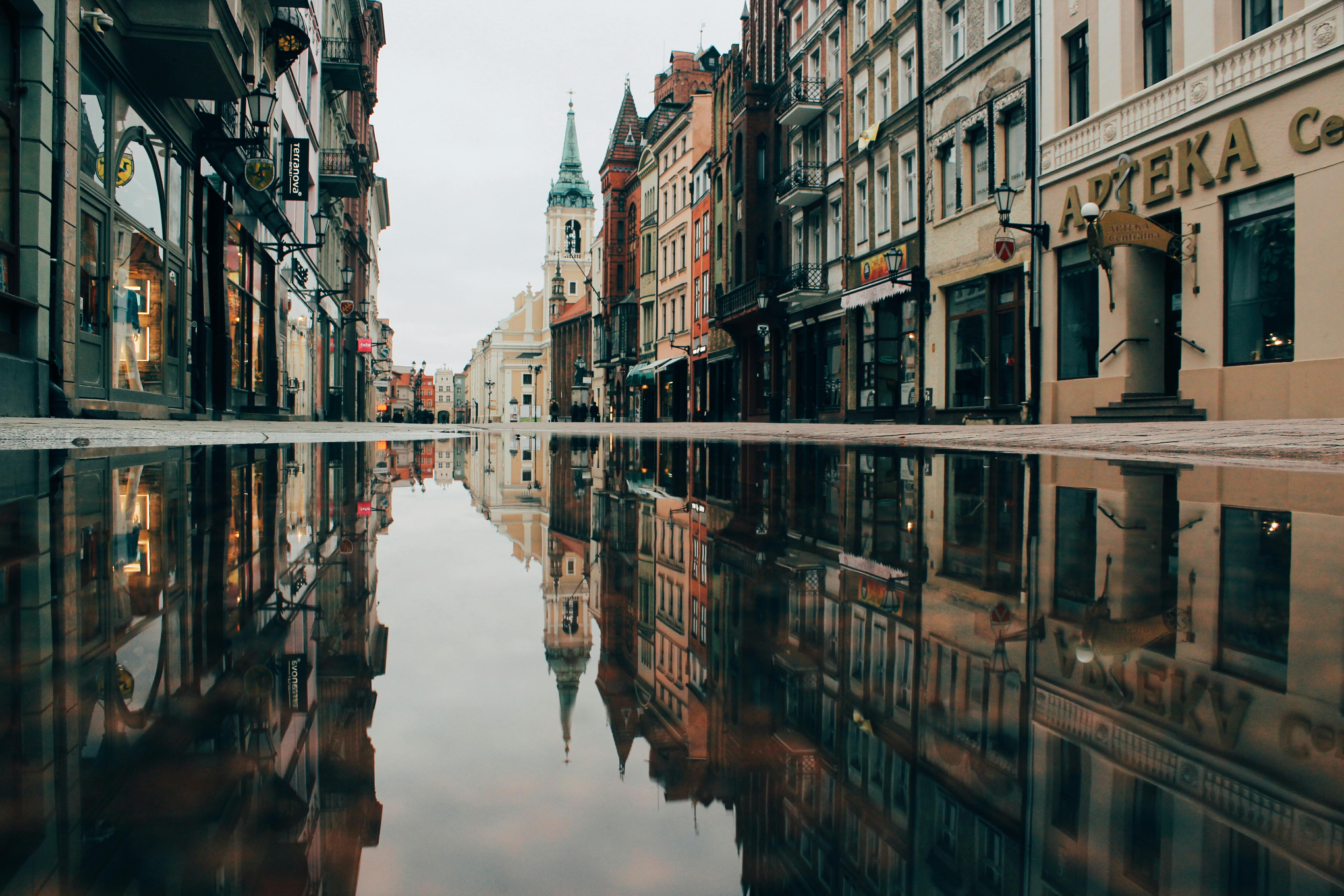Distilled water is an important commodity in many households, as it is used for drinking, cooking, and even medical purposes. Distilling water at home is a simple process that anyone can do with the right materials and instructions. With this guide, you will learn how to make distilled water quickly and easily at the comfort of your own home.Distilled water is water that has been boiled into vapor and then condensed back into liquid form. It is free of minerals, salts, and other impurities. Distilled water is often used in medical procedures, such as kidney dialysis, and for manufacturing processes like steam distillation of essential oils.
What Do You Need to Make Distilled Water?
Making distilled water at home is a relatively simple process that requires only a few materials. The most important and essential item you need to make distilled water is a distiller. There are two types of distillers: countertop and in-line distillers. Countertop distillers are more affordable and easier to use than in-line distillers, as the latter require professional installation and maintenance. Additionally, countertop distillers come with a variety of features such as adjustable temperature settings, automatic shutoff, and water level indicators.
In addition to the distiller, you will also need some other materials to make distilled water. These can include a large pot or container for boiling the water, a large jug or container for collecting the distilled water, and some filter paper or cotton balls for filtering out any impurities. Additionally, depending on your location and setup, you may need additional items such as an extension cord or gas hose for powering your distiller.
Once you have gathered all of the necessary materials, you are ready to begin making distilled water
Making Distilled Water at Home
Distilled water is a type of purified water that has been heated to the boiling point, and then cooled to condense the vapor. Distillation is a process that removes impurities from water by boiling it and then condensing and collecting the pure vapor. Making distilled water at home is relatively easy and can be done with a few items that can be found around the house. Here are the steps for making distilled water at home:
1. Start by gathering the necessary materials: a stainless steel pot, an ice cube tray, a bowl or pitcher, and some cheesecloth or a coffee filter.
2. Fill the pot with tap water until it’s about halfway full. Place the pot on a stove burner set to high heat and bring it to a boil.
3. Put the bowl or pitcher on top of the pot so that it is slightly above the boiling point of the water in the pot.
4. Place an ice cube tray in the bowl or pitcher so that it sits above the boiling point of water in the pot. Boiling is one of the easiest methods for cooking food. To boil food, it needs to be placed in boiling water and heated until it cooks. Boiling is suitable for many types of food, such as vegetables, grains, and legumes. Boiling can be used to make soups, stews, sauces, and other dishes. It can also be used to soften tough cuts of meat or poultry. Boiling is a great way to retain the nutrients in foods as much of the vitamins and minerals will not leach out into the water. When boiling food, it is important to monitor the heat level so that it does not overcook or burn the food. You should also ensure that you use enough water so that the food does not stick to the bottom of the pot. In addition, some foods may need to be stirred occasionally while they are boiling so that they do not stick together and form lumps. Once the food has cooked through, it should be removed from the heat immediately to avoid overcooking. Boiling is a simple cooking method that can be used for many types of dishes. It is Liquid cooling is a computer cooling system that uses liquid to transfer heat from hot components such as processors and graphics cards to a heat exchanger which is usually a radiator. This method of cooling is used by many computer enthusiasts as a way to increase the clock speed of their computers and keep them running cooler and quieter than air cooled systems. Liquid cooling systems have several advantages over traditional air-cooled systems, such as increased performance, lower noise levels, and improved reliability. They also require less maintenance than air-cooled systems due to the fact that there are fewer moving parts involved. However, liquid cooling does have some disadvantages, such as being more expensive than other cooling methods, requiring more installation time, and requiring special coolant that needs to be replaced periodically. In order to use liquid cooling for your PC components, you will need to purchase a liquid-cooling system that includes a pump, radiator, waterblocks (which are attached to the components you want cooled), tubing, coolant reservoir (where the coolant is stored) and a fan for additional airflow. You will also need to install the system components in your case in order for it The nucleation and growth mechanism of the vapor–liquid–solid (VLS) method involves the condensation of a vapor phase onto a solid substrate, which is then followed by the growth of the nanoparticles. In this process, a catalyst is used to initiate the condensation of the vapor phase onto the substrate. The catalyst acts as a nucleation site for the growth of nanostructures. Once nucleated, the vapour phase condenses onto the surface of the substrate and forms nanostructures. The nanostructures then grow in size due to further condensation of the vapour phase onto them. This process is repeated until the desired size and shape of nanoparticles is achieved. The VLS method offers several advantages over other methods for producing nanoparticles. It can be used to produce a wide range of sizes and shapes of nanoparticles, from small clusters to large particles with complex shapes. The method also allows for precise control over particle size, shape, and composition. Additionally, it does not require high temperatures or expensive equipment, making it a cost- Water distillation is an effective way to produce clean, purified water. A commercial countertop distiller can be used to produce great tasting water in the convenience of your own home. This type of distiller uses electricity to heat up water and then collect the steam that is released, which is then condensed and collected as pure, distilled water. This process removes any impurities or contaminants from the water, making it safe to drink. Using a commercial countertop distiller is fairly simple and straightforward. You simply fill the chamber with tap water, turn on the power switch, and wait for the indicator lights to indicate that the cycle has finished. The distilled water can then be collected in a clean container. The entire process usually takes around an hour or two depending on how much water you are distilling. A commercial countertop distiller is an affordable and efficient way to get cleaner drinking water right at home without having to purchase expensive bottled water from the store. It also requires minimal maintenance and upkeep thanks to its simple design and operation. With proper upkeep, you can expect your counter Distilled water is a great option for drinking, cooking, and other household uses. Making distilled water at home is an easy and cost-effective way to ensure you always have access to pure water. By taking the time to make distilled water at home, you can avoid paying for bottled water or other expensive methods of obtaining pure water. Here are some of the benefits of making your own distilled water: First and foremost, making your own distilled water ensures that it is free from contaminants such as bacteria, viruses, metals, and other impurities. Distillation is a process that removes all these contaminants from the water so it is safe to drink. This means that you don’t have to worry about purchasing bottled water or other types of purified water which may contain these contaminants. Another benefit of making your own distilled water is that it can be used for many different purposes. It can be used for drinking, cooking, cleaning, and even bathing. This makes it a very versatile option when it comes to providing clean and pure drinking water. Additionally, you can also use it in any appliance that Making distilled water at home is a great way to enjoy clean and safe drinking water. It’s easy and cost-effective, as well as more eco-friendly than buying bottled water. With the right equipment, you can make your own distilled water in no time. However, it’s important to remember that distilled water isn’t the same as purified water, and it may not be suitable for drinking or cooking without further purification. Nevertheless, with the tips outlined in this article, you should be well on your way to making your own pure and clean distilled water at home. Making distilled water may take some time and effort, but the end result is worth it. Whether you’re looking for a more sustainable source of drinking or cooking water or just want to try something new, distilling your own water is a great option. With the right equipment and knowledge of the process, you’ll be able to enjoy fresh distilled water at home in no time.Liquid Cooling Method

Nucleation and Growth Mechanism
Advantages
Using a Commercial Countertop Distiller
The Benefits of Making Distilled Water at Home

Conclusion

